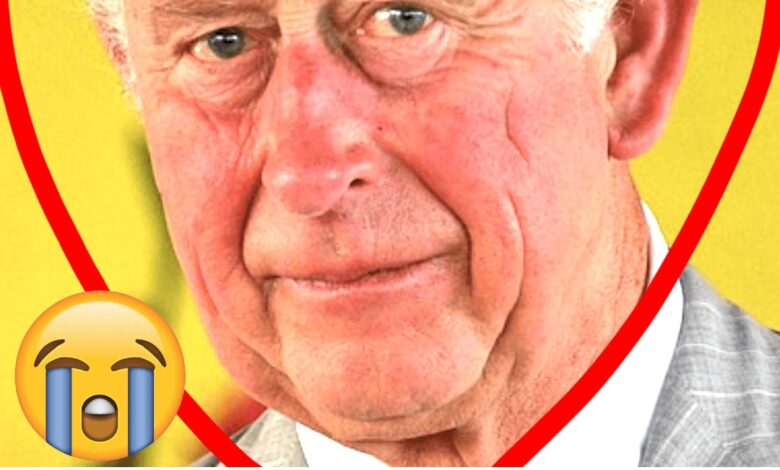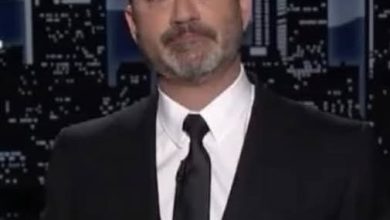
KING CHARLES, SECRET FUNERAL PLANS
King Charles is reportedly battling serious health challenges behind the scenes, even as the public narrative leans toward recovery. According to insiders, the 75-year-old monarch is “still very sick,” and preparations for his funeral — under the codename Operation Menai Bridge — are allegedly already underway.
Rumors swirl that Charles has long been concerned about how history would remember him. Sources say he’s drilled palace aides on personal wishes: what hymns he’d prefer, which family member reads the eulogy, and exactly how he wants the procession to unfold. These whispered details have fueled speculation that the monarch may be grasping for control over his legacy in the event of a sudden decline.
Despite public statements suggesting improvement, those close to Charles claim he is deteriorating more rapidly than acknowledged. Already, his son, Prince William, is shouldering increasing royal responsibilities — a shift observers see as part of a gradual transition of power. Some insiders suggest that William is being quietly groomed to assume Charles’s full duties when the time comes.
The reported health crisis has amplified tensions within the royal household. Some aides are said to be caught between loyalty to the king and a sense of duty to the monarchy’s continuity. Others privately question whether the palace is shielding the public from the truth. A former court official told a tabloid, “The king’s condition has been worse than anyone admits. Every rumor about funerals and plans is grounded in real concern.”
Operation Menai Bridge, the codename assigned to Charles’s funeral preparation, is no small undertaking. Its scale rivals that of major state operations executed for previous monarchs. Royal watchers speculate that it encompasses everything from guard rotations to coffin transport logistics, rehearsal schedules, route clearances, guest lists, and even the choice of pallbearers. Some insiders hint that staffers and military officers periodically run mock exercises to rehearse worst-case scenarios.
One palace insider claimed, “They’ve been practicing segments in secret. The corridors, the chapels, the passing of key items — they’re already going through all the motions.” Another confidant said preparations include double backups for every stage: alternative venues, extra security contingencies, and multiple route plans in case of disruptions.
Beyond ceremonial concerns, the human angle looms large. Friends and relatives reportedly move between despair and hope. Some cling to appearances, believing Charles will bounce back. Others are bracing for the inevitable, mourning in small, private moments when no one is watching. His circle is said to be “adrift,” unsure how to balance optimism with realism.
As Charles’s energy wanes, courtiers suggest that William will increasingly “fill the gap” — proving his capability in public-facing roles, taking on ceremonial duties, and providing visible support for institutions tied to the Crown. Some analysts see this as an informal regency in all but name, with William essentially operating as heir apparent long before any formal abdication or transition.
The tension of such a transfer is further compounded by the personalities involved. According to palace confidants, William is acutely aware that public sentiment is fixated on continuity. He is reportedly cautious about overstepping, yet determined not to be perceived as waiting in the wings. Meanwhile, Charles is said to be torn: he wants to maintain presence and authority, but may also recognize limits imposed by his failing health.
Requests from Charles for direct involvement in funeral planning have sparked whispers of a man intent on crafting his own narrative. The king is said to have been deeply involved in selecting music, readings, the order of ceremonial elements, and even the composition of his own memorial. Insiders allege he reviewed multiple drafts of speeches and signaled preferences for minimal fanfare — though given his stature, “minimal” is a relative term.
The rumors of secrecy and control have set royal watchers ablaze. Some speculate Charles wishes to avoid any posthumous embarrassment or controversy. By controlling every angle, he could preempt disputes over what is or isn’t broadcast, which relatives take spotlight roles, and how the monarchy is portrayed in final moments.
For now, the broader public sees a stiff upper lip: official statements maintain that Charles is stable and receiving excellent care. The palace has denied speculation about grave illness. But as William’s presence grows in public engagements and as whispers of “funeral codes” circulate, the contrast between public messaging and behind-closed-doors preparations becomes harder to ignore.
Observers note that earlier monarchs have cast long shadows: the protocols for Queen Elizabeth II’s passing are deeply etched into royal memory and operation. But Charles’s rumored insistence on personal choices — his selections, his tone, his unvarnished wishes — suggests he wants to leave a distinctly personal imprint. He may feel that after decades in the public eye, this is the one moment he must shape entirely.
Longtime royal watchers note that the king has readied emergency directives. One aide claimed that Charles instructed that certain files and directives be released only “when necessary.” Some documents reportedly cover succession contingencies, public messaging guidelines, and even how to manage social media reactions in the immediate aftermath of his passing.
Beyond internal machinery, those outside the palace watch in rapt attention. Media outlets, court correspondents, and political figures all parse each open door, each official announcement, each shift in royal scheduling. A sudden absence, a cancelled event, a delayed appearance — each becomes fodder for reinvention of the narrative.
But the human story underlies it all: a man at the twilight of his life, contending with the weight of status, history, and expectation. His health is fragile; his legacy, ever vulnerable. Whatever the truth behind palace walls, Charles appears determined to shape what comes next.
Amid all this, the question lingers: when the curtain falls, will the spectacle match his control? Or will circumstances overtake even the most meticulously laid plans?
Either way, what’s undeniable is this: the monarchy is already navigating its next act — quietly, cautiously, with tension and trepidation. And when the final performance arrives, it may be as much about perception as reality.




